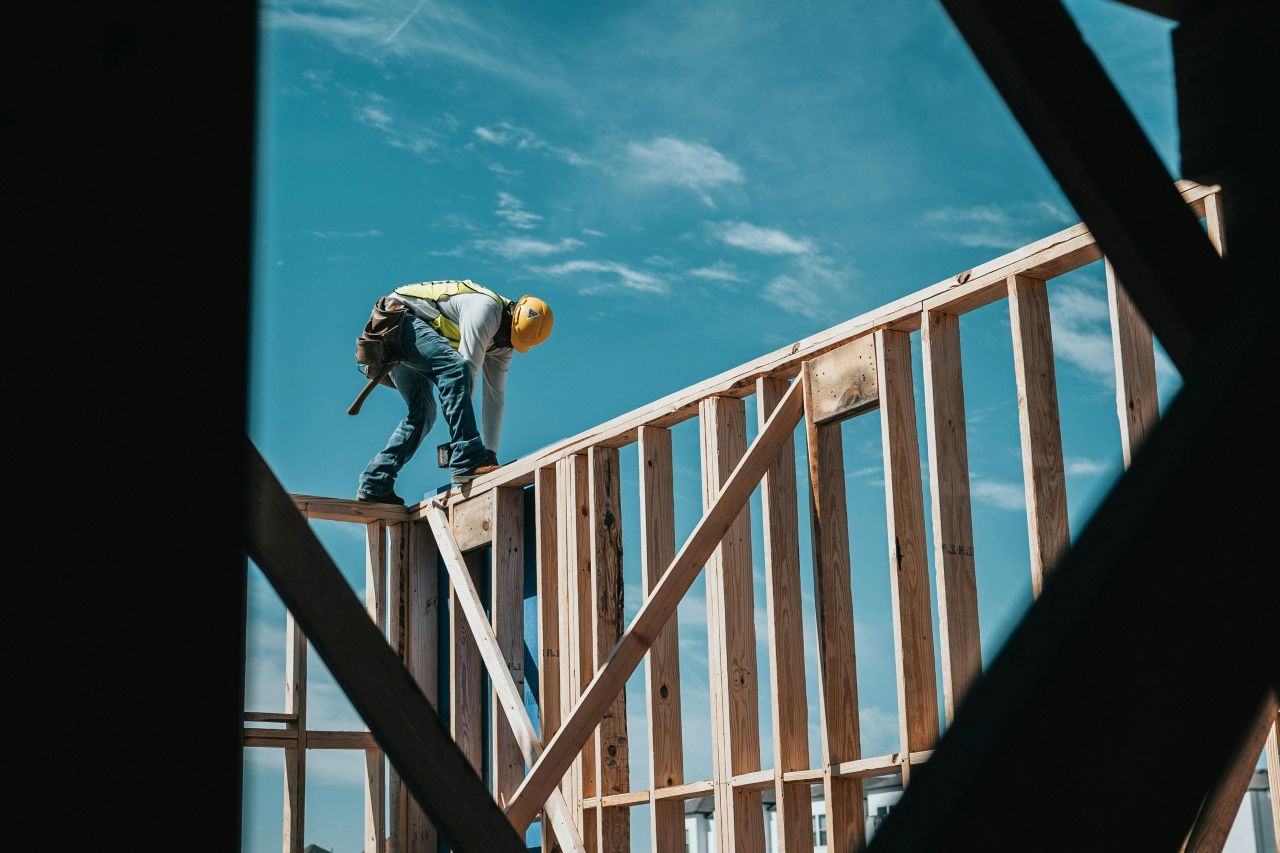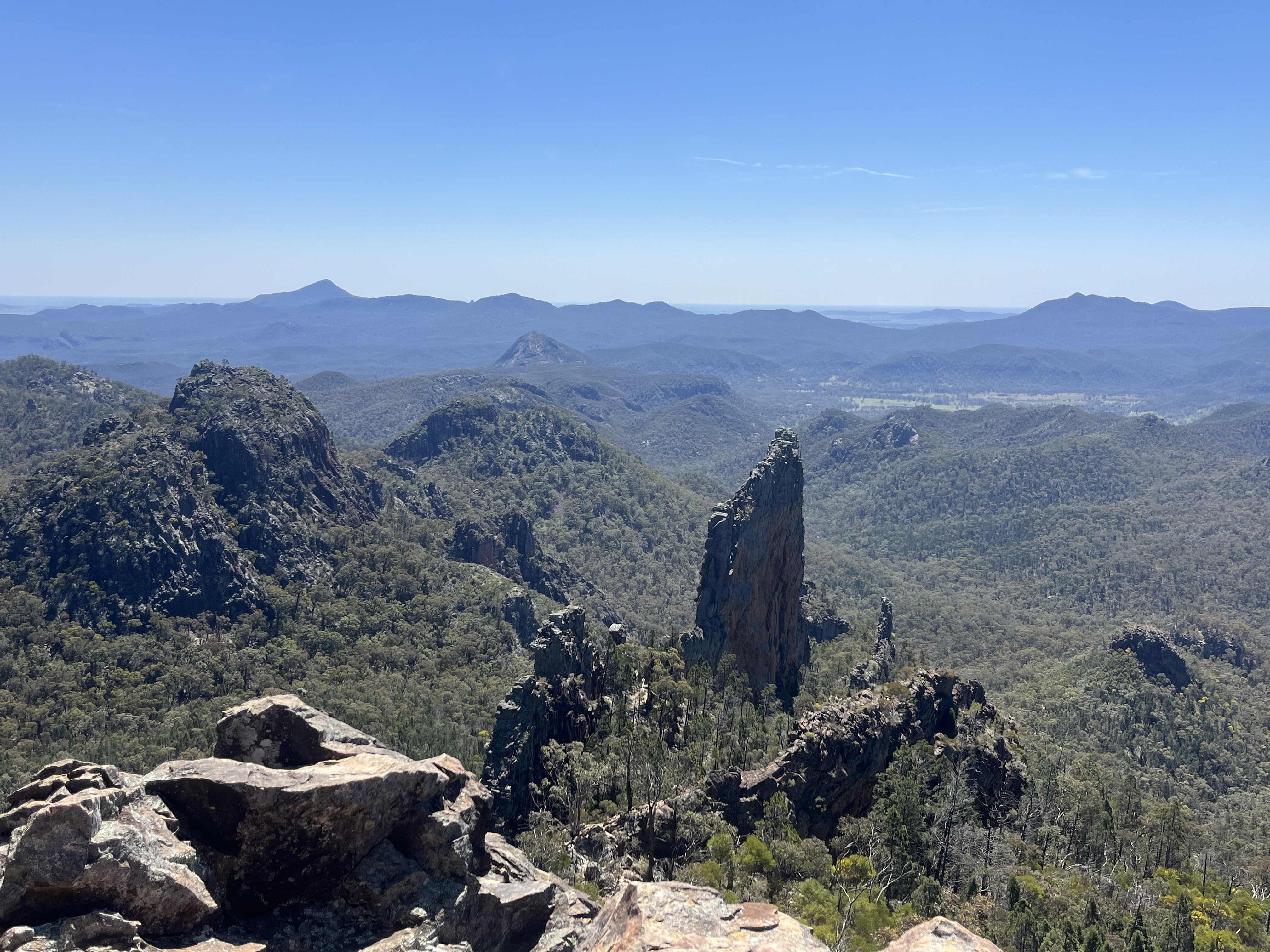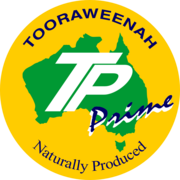Scientific collaboration in the Pilliga
Kristin Murdock
24 October 2025, 8:20 PM
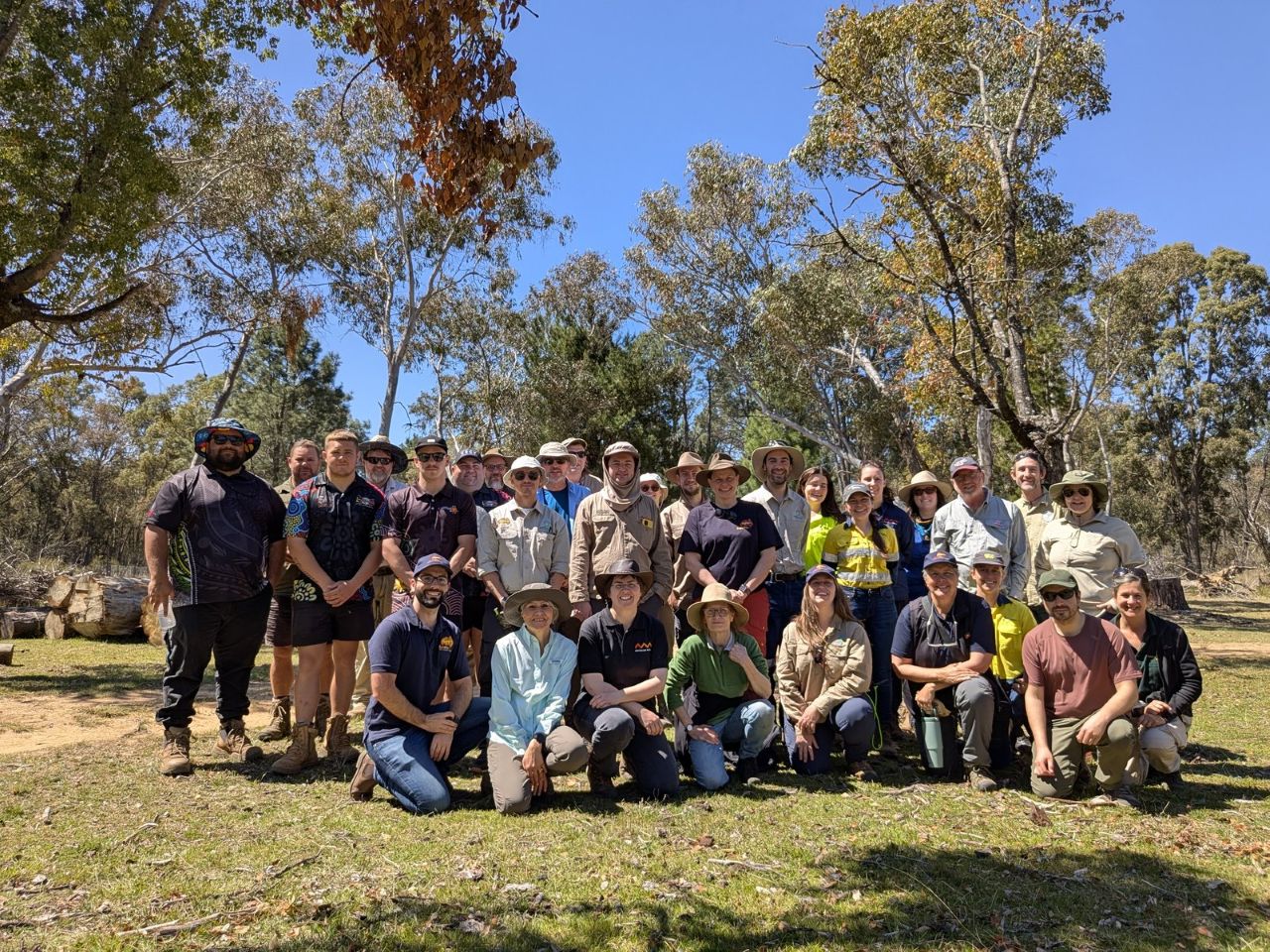 Bush Blitz, Coonabarabran Local Aboriginal Land Council and Australian Museum scientists. (Image: Bryan Lessard)
Bush Blitz, Coonabarabran Local Aboriginal Land Council and Australian Museum scientists. (Image: Bryan Lessard)A unique collaboration between the Coonabarabran Local Aboriginal Land Council (LALC) and the Bush Blitz research program has shed new light on biodiversity across the Pilliga region, marking the first time such a large-scale scientific survey has been conducted on local Country.
For two weeks, a team of more than 60 participants surveyed 5,000 square kilometres of semi-arid woodland - the largest continuous remnant of its kind in New South Wales.
The Pilliga Bush Blitz brought together Traditional Owners, researchers, and land managers from the Coonabarabran Local Aboriginal Land Council, Murrunmala Dhawun Rangers, Australian Museum,
Botanic Gardens of Sydney, CSIRO, University of NSW, University of New England, Australian Wildlife Conservancy, National Parks and Wildlife Service, and Forestry Corporation.
The program, delivered through a partnership between the Federal Government, BHP, and Earthwatch Australia, aims to identify new and threatened species while fostering collaboration with Indigenous rangers and communities.
Bush Blitz also invited teachers and BHP employees into the field to experience biodiversity research firsthand, learning from scientists and taking that knowledge back into classrooms and workplaces to inspire others about the importance of native species.
Coonabarabran LALC CEO Brandon Nixon said he was excited to be part of the program in the local area.
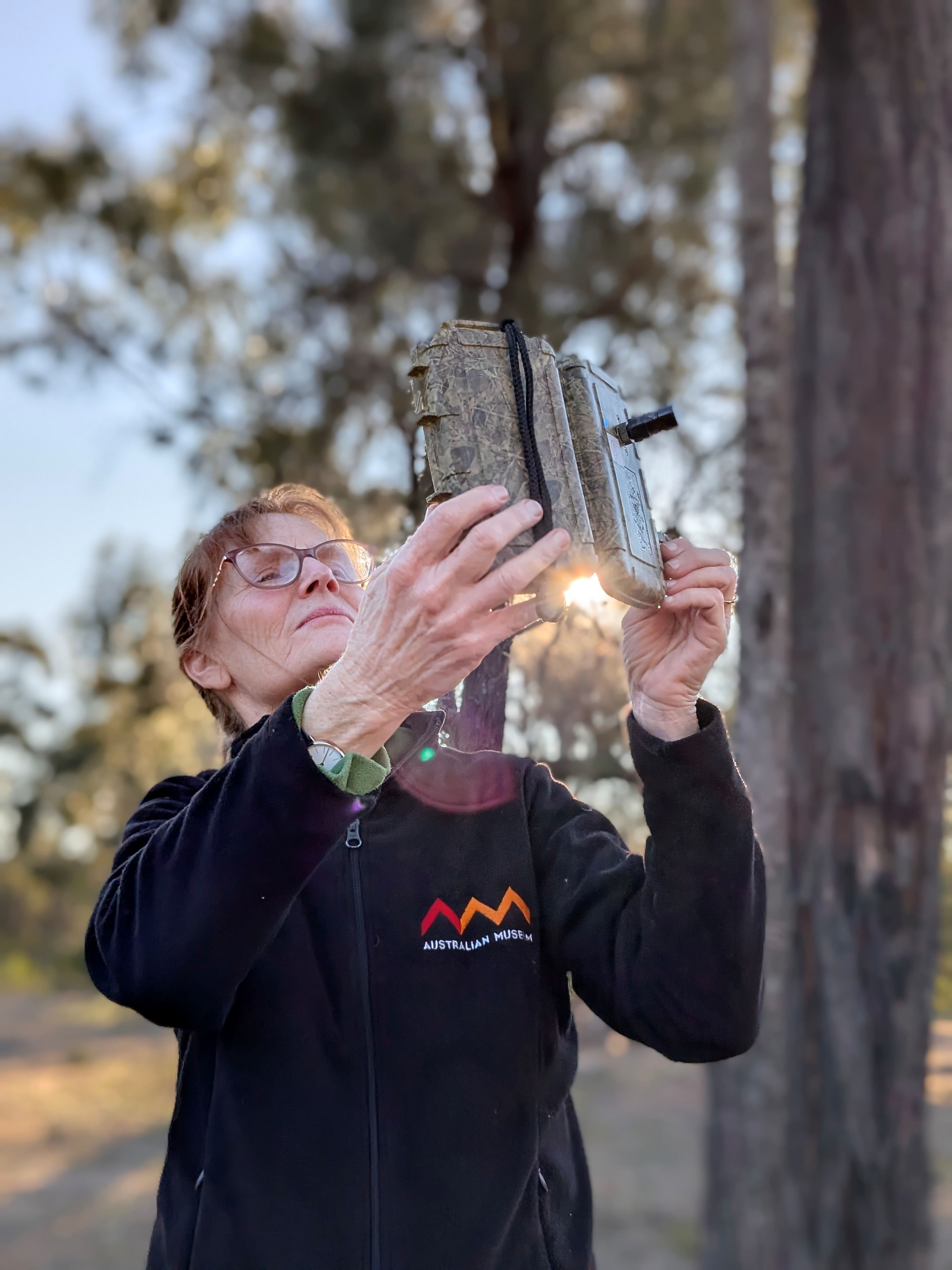
Bush Blitz member, Sandy Ingleby with a bat acoustic trap recently used to collect specimens and data in the Pilliga. (Image: Brian Lessard)
“This is the first time that we’re aware of that they’ve come out and done this kind of work,” he said.
“Now they’ve got to analyse all the specimens and results back at their labs, and we’ll see what they’ve found.”
Mr Nixon said the findings would be shared locally to help shape conservation planning and habitat restoration projects.
“We’ll see what the results show, and then we’ll share that with our collaboration partners and community,” he said.
“It might lead to more conservation work or settings.
"They took some plant samples and ants and other little insects, to investigate further."
He said the collaboration stood out for its transparency and ongoing engagement with local custodians.
“It doesn’t happen all the time,” he said.
“Usually people want to come in and just use your land or your data, and then you don’t see them again.
"But this was great, we spent two weeks with the Bush Blitz team, and we’re guaranteed that we’re going to get something back post their visit.”
Mr Nixon said that follow-up and relationship-building were key outcomes.
“It actually had outcomes you could see and relationships that we’ll be able to use going forward,” he said.
“Instead of it all being about what they can take away, it was about actually sharing it.”
Following the completion of fieldwork, scientists are now analysing specimens and data collected across the 5,000-square-kilometre survey area.
Results will be shared with partners and local stakeholders in the coming months, providing a deeper understanding of the Pilliga’s biodiversity and informing future land management and conservation efforts.
